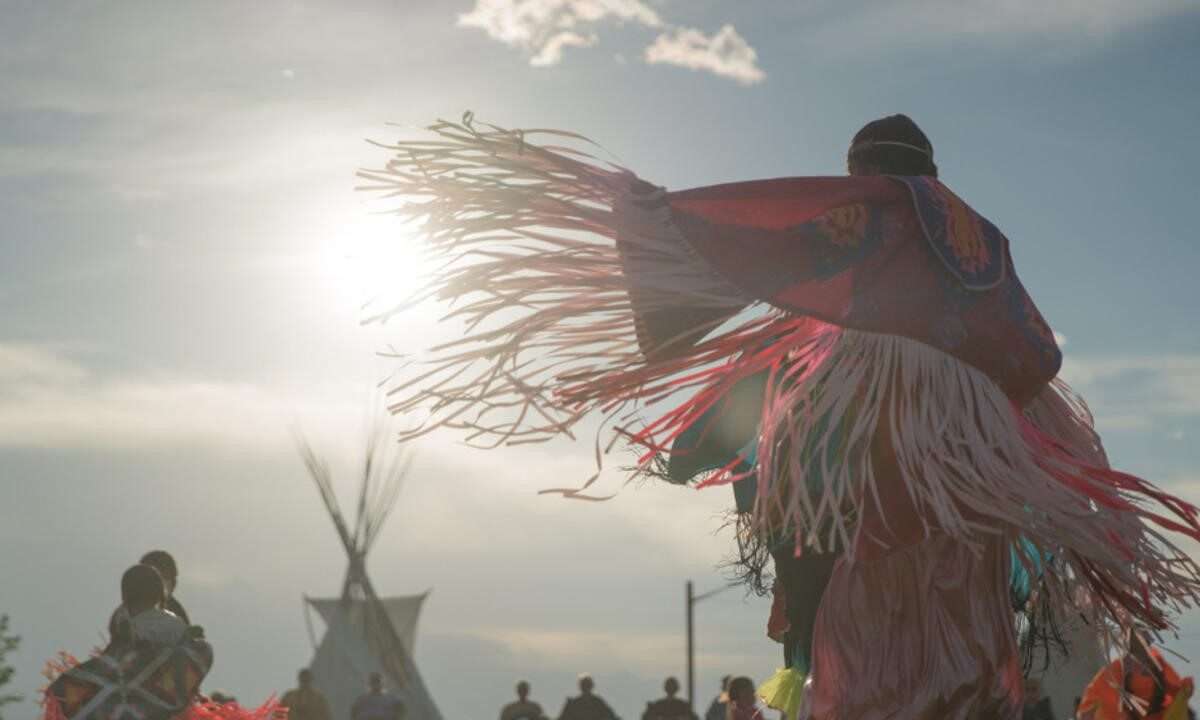Reflecting Nature: Exploring the Connection Between the Environment and Indigenous Dance
- indigenousartsfoundation
- May 15, 2024

i
n the rhythm of a drum, the sweep of a dancer’s arm, and the stomp of feet on the earth, the intimate relationship between indigenous dance and the environment comes alive. Indigenous dance forms across the world, including those in India, are profoundly connected to nature. These dances not only reflect the ecological knowledge and deep respect that indigenous communities have for their environment but also serve as a powerful reminder of humanity’s symbiotic relationship with the natural world.
Dance as a Reflection of the Natural World
Indigenous dance forms are often a direct manifestation of the natural environment. Movements, rhythms, and expressions are inspired by the flora and fauna, the changing seasons, and the elements of nature.
- Bhagoria Dance: Performed by the Bhil tribe in Madhya Pradesh, this dance mimics the movements of birds and animals, celebrating the onset of the spring harvest season.
- Chhau Dance: Originating from the states of West Bengal, Jharkhand, and Odisha, Chhau incorporates vigorous martial movements and masks representing various animals, birds, and deities associated with nature.
- Ghoomar Dance: Practiced by the Bhil tribe in Rajasthan, this dance involves graceful circular movements that mimic the swirling winds and the flow of water.
Rituals and Seasons
Many indigenous dances are intricately tied to agricultural cycles, seasonal changes, and natural phenomena. These dances are not merely performances but rituals that invoke the blessings of nature, ensure bountiful harvests, and celebrate the harmony between humans and their environment.
- Dhimsa Dance: A tribal dance from Andhra Pradesh, Dhimsa is performed during festivals and agricultural cycles, expressing gratitude to the earth for its bounty.
- Kummi Dance: Practiced by Tamil Nadu’s rural women, this dance is performed during the harvest season, featuring clapping and rhythmic movements that symbolize planting, growing, and harvesting crops.
- Hornbill Festival Dances: In Nagaland, the Hornbill Festival showcases various tribal dances that are performed to honor the Hornbill bird, a symbol of the region’s rich biodiversity and cultural heritage.
Preserving Ecological Wisdom
Indigenous dances are repositories of ecological wisdom. They transmit traditional knowledge about sustainable living, conservation practices, and the intricate balance of ecosystems. In performing these dances, communities pass down valuable information about the medicinal properties of plants, the behavior of animals, and the patterns of weather.
- Siddi Dhamal Dance: Performed by the Siddi community of Gujarat, this dance is a blend of African and Indian rhythms and includes movements that imitate wildlife, symbolizing a deep understanding of local biodiversity.
- Karma Dance: Practiced by various tribes in central India, Karma dance is performed under the Karma tree, symbolizing the tree’s importance to the community’s identity and its role in maintaining ecological balance.
“Indigenous dances are not merely performances but sacred rituals that connect us to the heartbeat of the earth.”
The Modern Context: Challenges and Revival
Indigenous dances face threats from modernization, urbanization, and environmental degradation, disrupting natural rhythms. However, preserving these dance forms is crucial, with efforts including educational programs, cultural festivals, and collaborations with contemporary artists.
Indigenous dances symbolize the sacred relationship between humans and nature, highlighting the intertwined nature of dance as a way of life. Preserving these dances honors indigenous wisdom and promotes ecological conservation. They offer inspiration for sustainable living and preserving the natural world.






